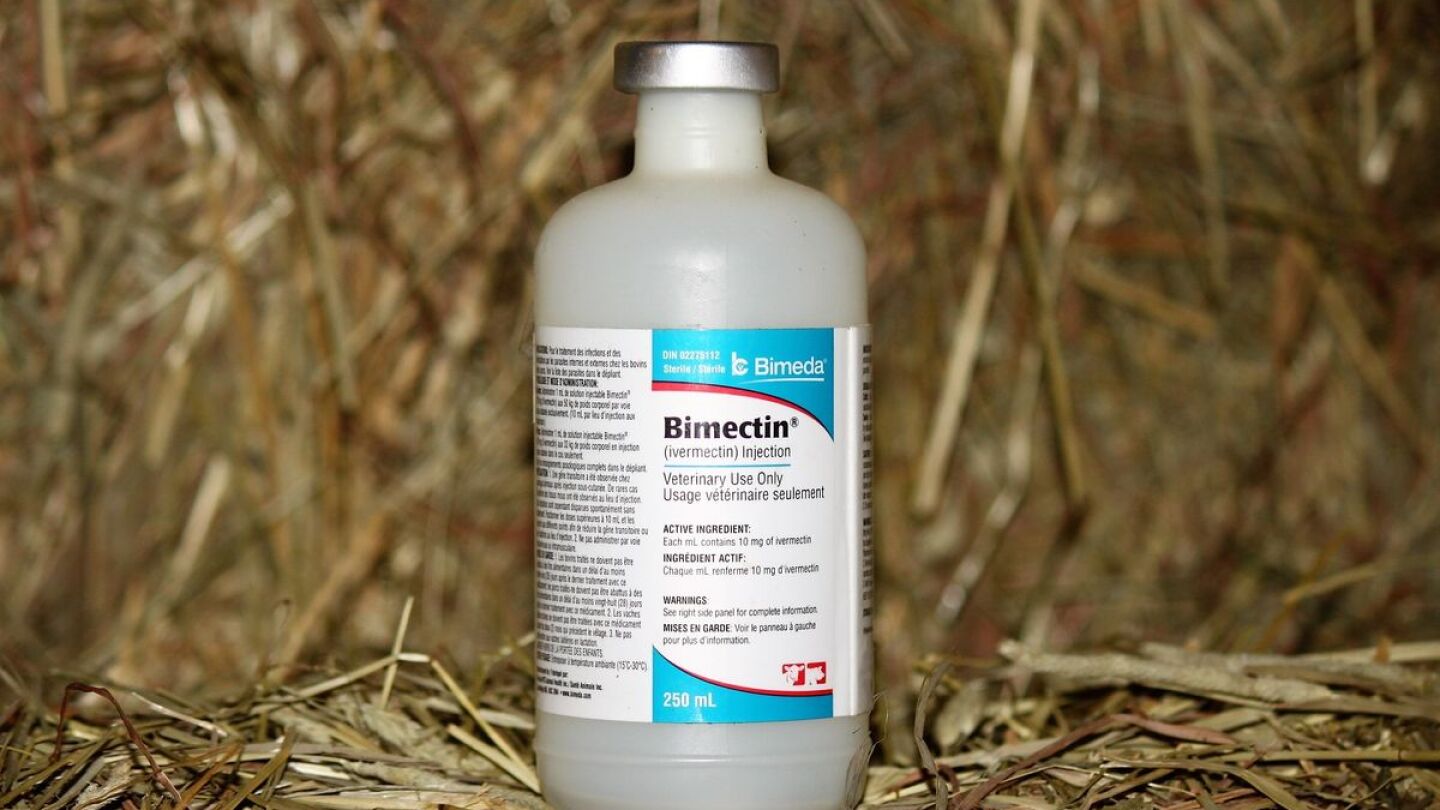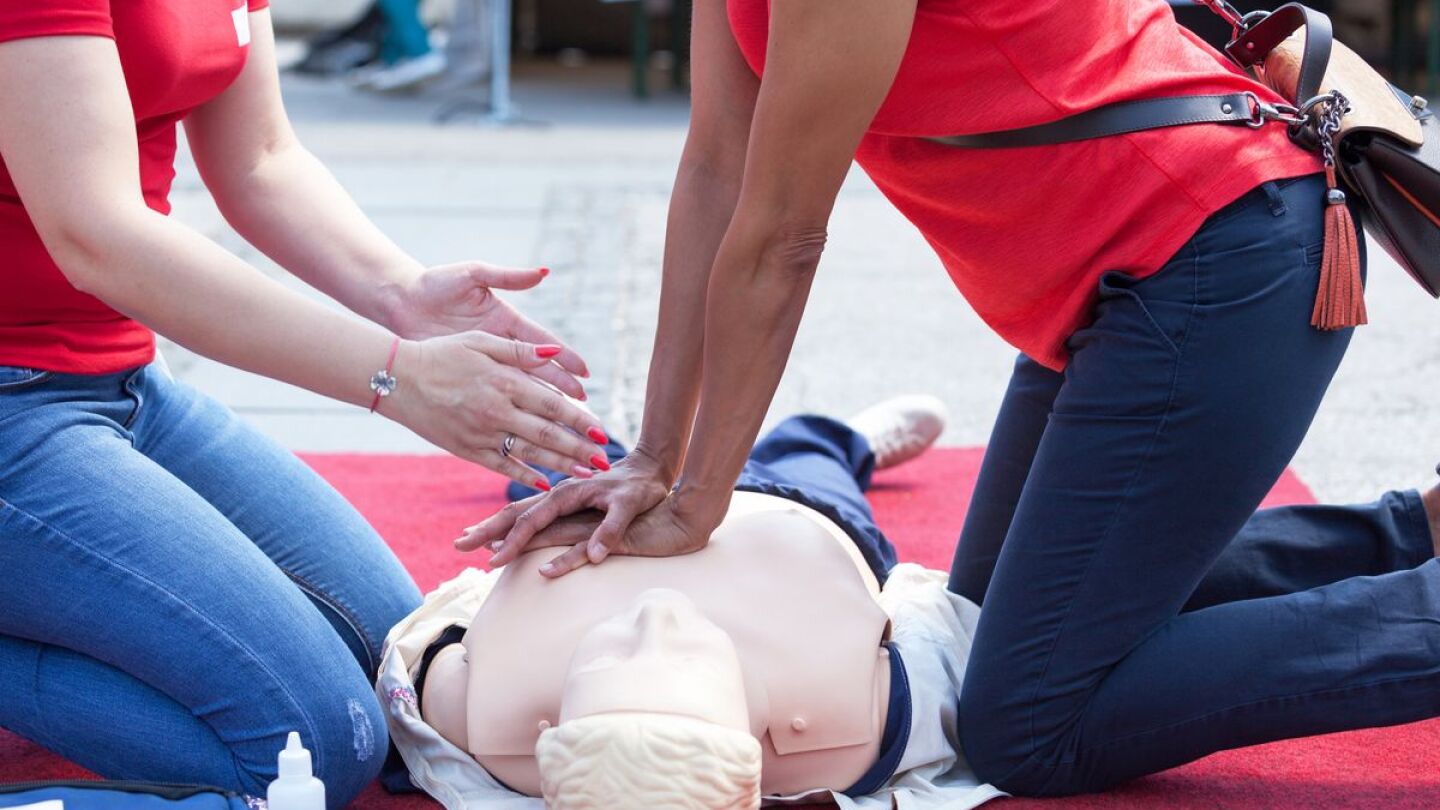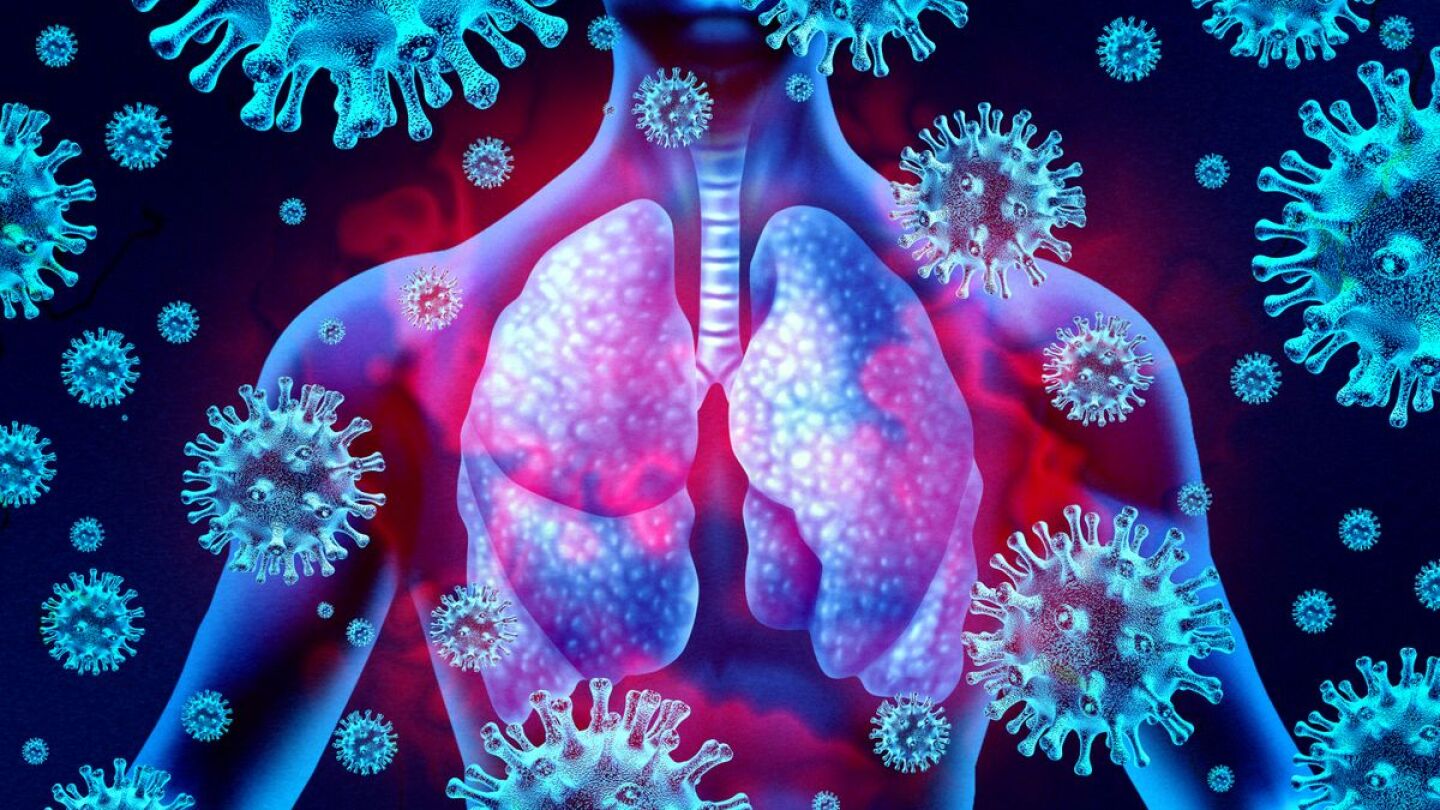�鶹ԭ�� Research Center
The �鶹ԭ�� Research Center serves as a central access point for critical prehospital medicine research that can help drive operational and policy changes at the local, state and federal level.
Get insights into EMS provider behavior and beliefs related to hot topics like fatigue management, and participate in �鶹ԭ�� polls and surveys.
Additionally, find the latest information about research conducted by esteemed EMS organizations, such as the American Ambulance Association, and National Association of EMS Physicians, among other organizations focused on provider health and wellness, patient assessment and treatment, and a variety of safety issues.
Lessons and goals for advancing airway care from the NEMSQA Airway Measures Report
What you need to know about Ozempic and other forms of semaglutide
Additional training can help providers who want to do right by patients involved in hospice and end-of-life care
4 Postvention strategies to help EMS members process and cope after experiencing a suicide loss
What paramedics needs to know as reports of self-medication for COVID-19 rise
A study published in the New England Journal of Medicine reported patients treated in a mobile stroke unit receive treatment faster and have lower mortality
A report from England’s public health agency suggested the mu variant might be as resistant to vaccines as the worrisome beta variant
Study shows that “CPR with rescue breathing” is only form of infant CPR associated with good neurological outcomes
Use of PPE and following infection control practices, especially during aerosol-generating procedures, credited for low rate of on-the-job infection
North Carolina’s HeartRescue program was also shown to improve bystander CPR rates, but only increased survival rates for white people, not Black people
Shattering assumptions with a case study roundup
Explore ongoing research into fatigue and strategies to both prevent and manage it
A study published in JAMA Neurology found stroke patients received higher levels of treatment at comprehensive stroke centers vs. the nearest stroke center
Data gurus Drs. Remle Crowe and Brent Myers discuss their extensive findings on ketamine use by EMS
Researchers are gathering data to understand the factors that influence EMS providers’ decision to receive a COVID-19 vaccine
What first responders need to know about the likelihood of side effects from the vaccine vs. the virus, plus new infection rates
Strategies for overcoming the unique challenges of leading a non-profit EMS organization
The most recent survey results from the American Ambulance Association, in partnership with Newton 360, reflect working conditions during the pandemic
Researchers aim to measure the value of virtual reality for providers as they work to identify signs of severe illness and infants and children
What the research on family presence during resuscitations tells us about grief and bereavement, PTSD symptoms, and any impact on the performance of healthcare professionals
What if we could change the timing of our post-ROSC ECG and better select those who warrant emergent catheterization?
Should we overhaul our protocols? What we’ve learned about STEMI, OHCA ROSC from the PEACE study
The latest data set includes information from more than 43 million EMS activations during the 2020 calendar year
Penn State College of Medicine researchers seek to better understand the factors that lead to unnecessary 911 calls and transports
Regardless of case severity, many COVID-19 patients face serious persistent symptoms for months
Researchers said increased tourniquet availability and public education can lead to better outcomes for trauma patients
South Carolina researchers found that door-to-treatment time was cut by 18 minutes with in-ambulance telehealth consultation
MOST POPULAR
- Prove it: Administering NTG to patients with inferior wall myocardial infarction
- Study: Black stroke patients face 28-minute delay in emergency care
- Va. first responders test AI assistant for emergency scenes
- Research Analysis: Intubation curriculum increases first pass success
- Sexual misconduct in EMS



























